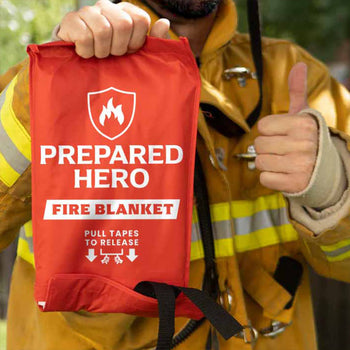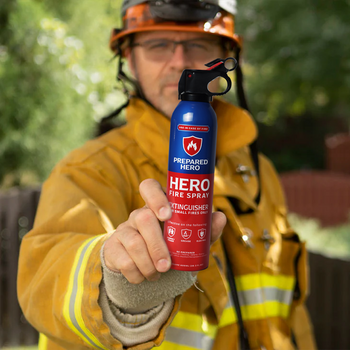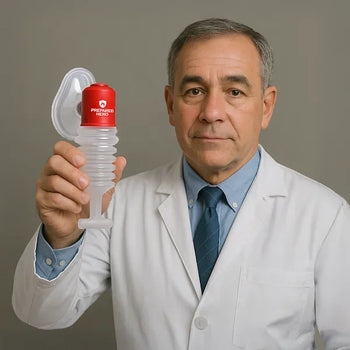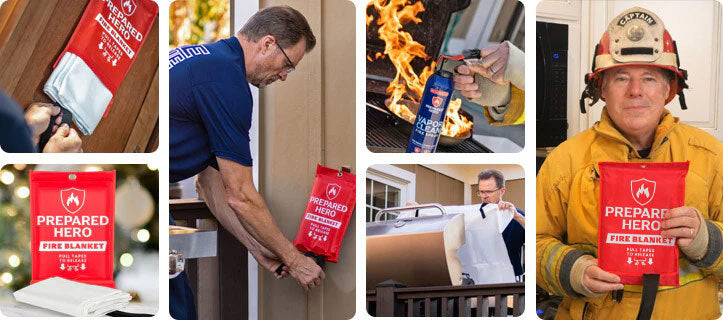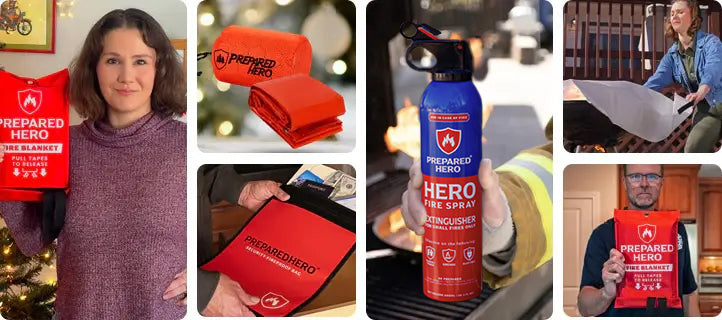Where you put your smoke detectors matters just as much as installing them. Proper placement makes sure they can detect...
If there’s one fire safety rulebook that really matters, it’s NFPA 101. This code makes sure people can get out of buildings quickly and safely when emergencies happen. It also works with safety tools like fire blankets, fire sprays, and flame shields to reduce fire risk. NFPA 101 can guide you whether you're putting up a new building or updating an old one.
But what exactly does NFPA 101 cover? What are its benefits? Is it updated to include modern structures? Let’s find out below.
What Is the NFPA 101 Standard?

NFPA 101 is also known as the Life Safety Code. It’s a set of rules that aims to keep people safe in buildings during structure fires and other emergencies. It’s not a law, but many states and cities follow it as part of their safety regulations.
NFPA 101 has been around in some form since 1913. It was created after tragic fires caused the need for clear safety guidelines. Over time, it has become one of the most reliable resources for building safety in the US.
As the term suggests, the NFPA 101 is made and updated by the National Fire Protection Association (NFPA). It’s usually updated every three years to keep up with new safety data and real-life situations.
In particular, the code looks at how buildings are built, used, and maintained. It includes new and old buildings, including hospitals, schools, offices, and apartments. Its main goal is to get people out safely during emergencies. Due to this, it covers safety features like exit routes, emergency lighting, fire alarms, and stairways.
It also covers fire protection systems like fire safety kits, fire sprinklers, and fire suppression systems. Even features like interior finishes, equipment, and areas where hazardous materials are kept are included. Plus, NFPA 101 includes special rules for places like hospitals, historical buildings, and amusement parks.
The 2024 update includes some new features, too. These include extra safety requirements for valet trash in apartments, carbon monoxide detectors, and better exit strategies. It even includes updates for emergency action plans and alternate care sites.
What Does NFPA 101 Cover?

NFPA 101, also called the Life Safety Code, has one main goal: keeping people safe in buildings during a fire or emergency. It sets out the rules for how buildings should be designed, built, maintained, and used so people can escape safely when something goes wrong. Here’s what it covers:
All Types of Buildings
NFPA 101 applies to pretty much every type of building you can think of. It has rules for:
- Homes and apartments
- Offices and stores
- Hospitals and nursing homes
- Schools and daycares
- Theaters and stadiums
- Prisons and jails
- Factories and warehouses
It doesn’t matter if the building is new or old because there are chapters for both. So whether you’re building from scratch or updating something built decades ago, the code has you covered.
Getting Out Safely
A big part of NFPA 101 is making sure people can get out quickly and safely. This includes rules for emergency exits, stairways, ramps, doors, and hallways. It even covers things like emergency lighting and signs that show you where to go.
The code sets requirements for how wide exits need to be, how far people should have to walk to reach them, and how many exits a space needs based on how many people are inside.
Fire Protection Systems
NFPA 101 also covers fire protection features, like:
- Smoke detectors
- Fire sprinklers
- Fire doors and walls
- Firesafing
- Emergency communication systems
Some types of buildings, like hospitals or high-rise apartments, have stricter requirements than others. The idea is to control the fire long enough for everyone to get out safely.
Special Safety Concerns
Certain buildings have unique risks. For example, in hospitals, patients may not be able to evacuate on their own. The code takes this into account and requires extra safety measures, like locked doors that staff can easily unlock and areas of refuge where patients can stay protected.
Daycares, jails, and theaters each have their own chapters with specific rules, based on how people move and behave in those spaces.
Accessibility and Other Modern Features
NFPA 101 keeps up with newer concerns, too. It includes requirements for:
- Wheelchair-accessible exits
- Areas of refuge for people with disabilities
- Use of elevators during evacuations
- Carbon monoxide detectors in homes and hotels
- Alcohol-based hand sanitizer dispensers in public buildings
Designed for Real-World Use
The code isn’t just for architects and engineers. It is designed so that safety officials and building inspectors can enforce it. In addition, it includes performance-based options so designers can meet safety goals while being creative.
What Is the Most Current Edition of NFPA 101?

The most current edition of NFPA 101 was released in 2024. It includes updates to keep buildings up to code. The latest edition also covers side-by-side comparisons of rules for new and old buildings, so it’s easier to apply to your current situation.
In addition, the 2024 edition includes tables, diagrams, and photos that visually explain the standards. It also features commentary from experts that breaks down technical terms, so you can easily understand them.
A standout feature of the current version is a matrix that compares the 2021 and 2024 editions. It shows what changed, which saves readers time. It also includes historical notes that explain why certain guidelines are in place. Such guidelines are based on real-life incidents.
In addition, the 2024 edition includes updated requirements across all occupancy types. These involve healthcare facilities, schools, high-rise buildings, and houses. Plus, it outlines fire protection systems, emergency lighting, safe evacuation, smoke control, and the like.
In general, the current edition is designed to help people make better safety decisions, protect lives, and obey safety codes. Whether you're designing, inspecting, or maintaining a building, the current version of the NFPA 101 makes it easier to follow the rules.
What Is the Difference Between NFPA 5000 and 101?
NFPA 101 and NFPA 5000 are both important safety codes, but they focus on different things. NFPA 5000 is all about how new buildings are designed and built. It doesn’t usually apply to existing buildings unless there’s a big change like a renovation, a change in how the building is used, or damage that requires rebuilding.
On the other hand, NFPA 101 covers both new and existing buildings. It’s more focused on life safety across the entire life of the building, not just during construction. Even if a building is old, NFPA 101 might still require updates to improve safety, especially if the risk is high.
For example, NFPA 101 says all nursing homes must have sprinklers, no matter how old they are. It’s because the risk to residents is too high to ignore. However, NFPA 5000 doesn’t require older homes to be retrofitted with sprinklers unless they’re being renovated or repurposed.
So the main difference is this: NFPA 5000 focuses on new construction, while NFPA 101 is broader and can require safety upgrades in older buildings depending on the situation.
Who Uses NFPA 101?
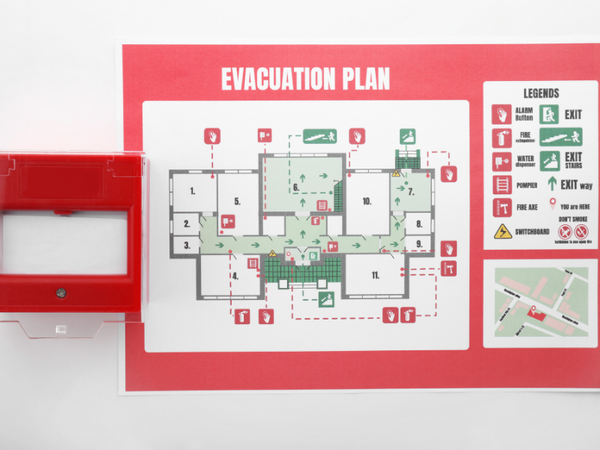
NFPA 101 is used by a wide range of professionals to help keep people safe in buildings. It’s especially important in places where lots of people live, work, or gather. These include schools, hospitals, apartment buildings, and offices.
Architects and designers use it when planning buildings. They rely on it to make sure exits are easy to find and safe to use during emergencies. Contractors and construction crews also follow it when building or renovating, so everything meets current safety standards. In addition, fire marshals and inspectors use NFPA 101 to check if buildings are safe and up to code. If something doesn’t meet the requirements, they’ll call it out.
Government agencies, like the Centers for Medicare and Medicaid Services (CMS), require healthcare facilities to follow NFPA 101. It’s even a must for hospitals under the Department of Veterans Affairs and the Department of Defense. Insurance companies also pay attention to it. They use it to figure out risk and set insurance rates for buildings.
So, whether you're building something new or managing an older property, NFPA 101 is the go-to safety guide. It helps everyone involved make sure buildings are safer for people to live and work in.
What Is the Owner’s Responsibility According to NFPA 101?
According to NFPA 101, the building owner is responsible for making sure their property meets all safety requirements. While trained professionals should handle installing and maintaining fire protection systems, emergency lighting, and alarms, the owner has to make sure it all gets done. That means hiring the right people, scheduling regular inspections, and keeping records of everything, like test results and maintenance dates. If something goes wrong, the responsibility still falls on the owner. So even if you’re not doing the work yourself, you’ve got to stay on top of it to stay compliant and keep everyone safe.
Where Can You Get NFPA 101?

If you’re looking to get your hands on NFPA 101, you’ve got a few easy options. You can buy a printed copy on Amazon or order it directly from the NFPA’s website. If you don’t need a physical book, the NFPA also offers free online access to many of its codes, including NFPA 101. You’ll just need to create an account on their site to view it.
And if you want more than just the basics, NFPA LiNK is a subscription service that gives you digital access to NFPA codes along with expert insights and tools. It’s ideal for professionals who use the code often.
Conclusion
NFPA 101 isn’t just for architects or inspectors; it’s for anyone who wants to keep people safe in a building. It covers everything from exits and sprinklers to special safety needs in places like hospitals or daycares. Whether you’re building a new one or maintaining an old building, this code helps you do it right. Staying up to date with it isn’t just smart; it’s also about making sure people get out safely when it counts.


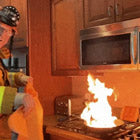 Fire
Fire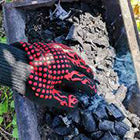 Safety
Safety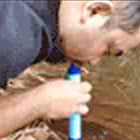 Survival
Survival Protection
Protection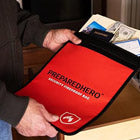 New
New
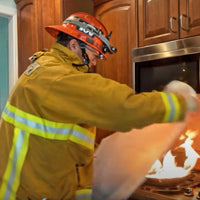 Fire
Fire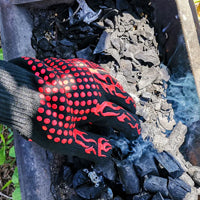 Safety
Safety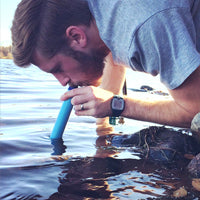 Survival
Survival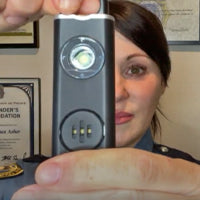 Protection
Protection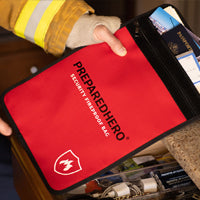 New
New
